১১ পৌষ ১৪৩২
Trump Slashes Counter-Tariff on Bangladeshi Goods to 20%, Total Tariff Burden Rises Sharply
02 August 2025 10:08 AM
NEWS DESK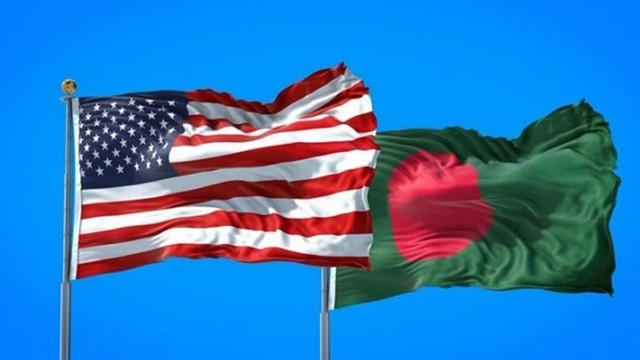
Former U.S. President Donald Trump has announced a counter-tariff of 20% on goods imported from Bangladesh, set to take effect from August 7, according to a new executive order issued by the White House. This move has reignited discussions about the overall tariff burden on Bangladeshi exports to the United States.
According to data published on the website of the United States International Trade Commission (USITC), the U.S. imported $8.44 billion worth of goods from Bangladesh in 2024 and collected $1.27 billion in tariffs—indicating an average tariff rate of 15% on Bangladeshi products. With the new 20% counter-tariff added, the effective average tariff on Bangladeshi exports will rise to 35%.
However, tariff rates vary significantly by product type. The United States currently imposes tariffs ranging from 0% to as high as 350% depending on the item. The introduction of the counter-tariff could further complicate this structure.
According to Yale University’s Budget Lab, the average effective U.S. tariff rate stood at 2.40% as of January 20, 2025. However, it surged to 15.60% by June 1 due to a series of tariff-related actions by Trump. With the latest counter-tariff in place, the average rate is expected to exceed 20%.
Bangladesh’s largest export category to the U.S. is apparel. In 2024, the effective average tariff on these goods ranged from 0% to a maximum of 32%, with an overall average of 16.77%. The new counter-tariff will push the effective average rate for apparel exports to 36.77%.
Footwear exports from Bangladesh previously faced an effective average tariff of 8.5%, which could now jump to 28.5%. This category has historically been subject to rates ranging from 0% to 55%.
For hats and headgear, the average tariff rate was 7.5%, which will rise to 27.5% under the new tariff scheme. Leather goods such as handbags faced an average tariff of 12.2% last year. With the counter-tariff applied, the rate will increase to 32.2%. For leather handbags in particular, the tariff will surge from 9% to 31%.
As Trump eyes a possible return to office, his aggressive trade policies continue to disrupt global trade relationships—especially with developing economies like Bangladesh. The full impact of these new tariffs will unfold in the coming months, as exporters, importers, and trade analysts assess the evolving U.S. tariff landscape.




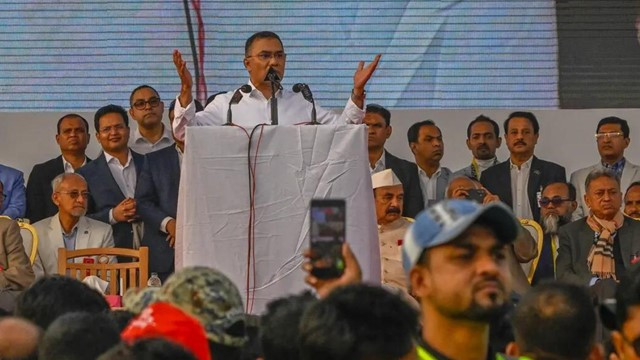





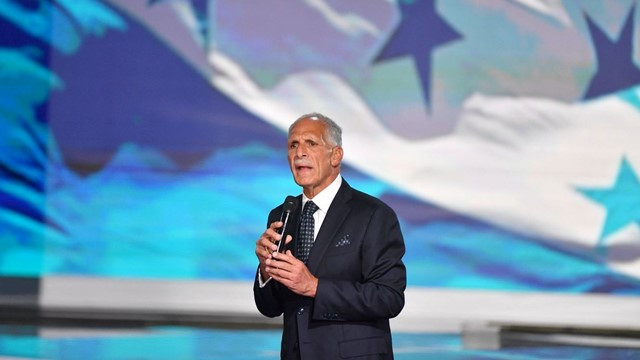
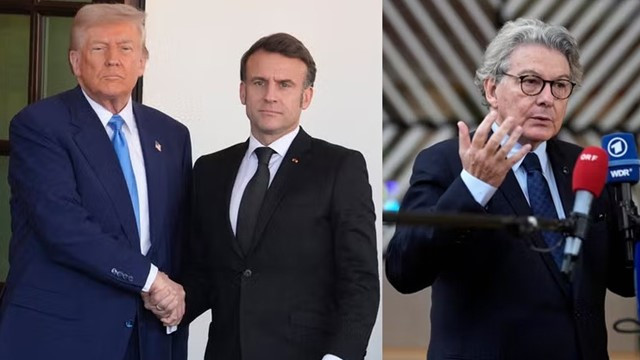
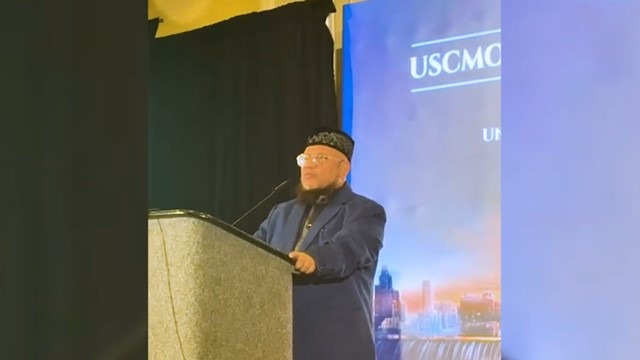

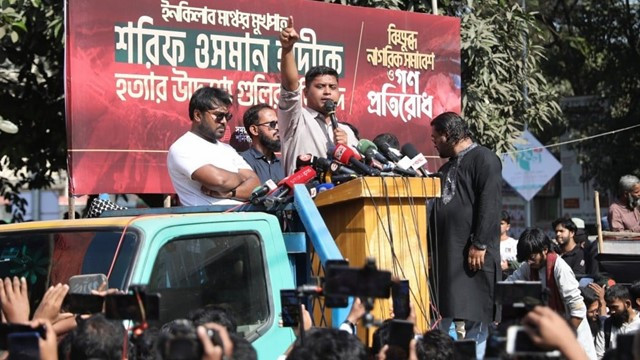


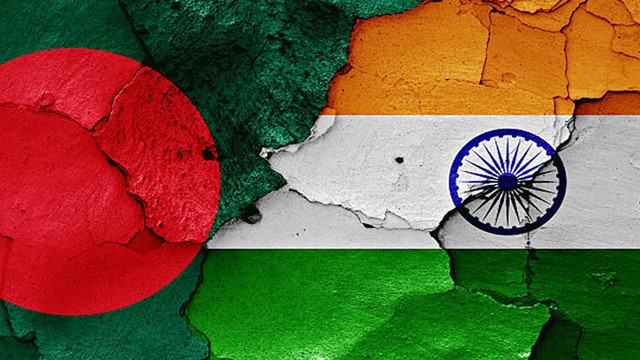

Comments Here: